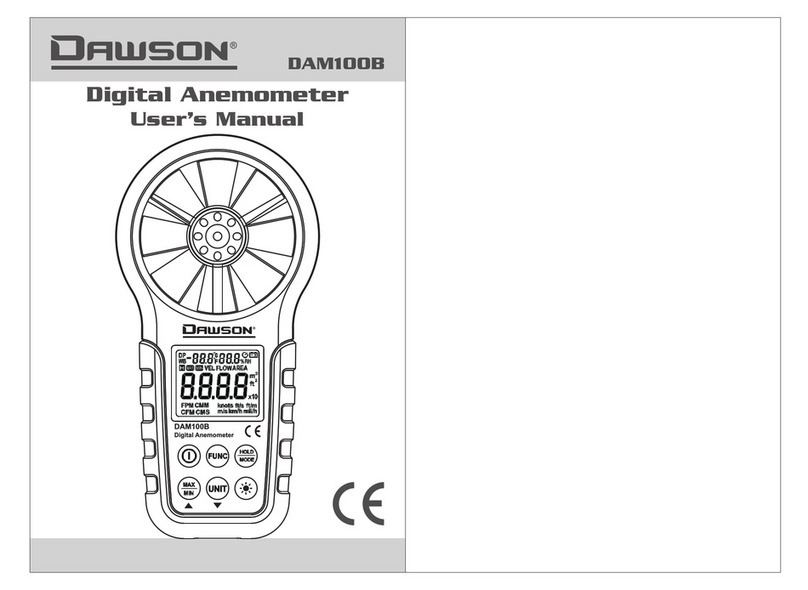4
The DCM201A meter meets GB/T 13978-92 Digital Clamp
Multimeter General technical requirements standard,
GB4793.1-1995 (IEC-61010-1, IEC-61010-2-032) electronic
measuring instrument safety standard,pollution 2 standard,with
Over-Voltage categories of CAT IV 600 and CAT III 1000V.
Safety Symbols
Introduction
Overview
DCM201A is a portable, hand-held yet professional meter that
features an LCD with backlight, overload protection and low
battery indicator. These Meters are easy to use with one hand,
suitable for professional users or amateurs, and ideal for school or
home use.
Preparations:
Users must follow the standard safety instructions while using
the meter:
1. Once the Meter is out of the package, check for any
damage to the Meter before using.
2. Double check the Meter to make sure the components
are in good condition.
3. Check the test leads before operation. Leads must be in
good condition, check if leads are well covered by
insulator; wires should not be exposed.
4. Use the original test leads included in the package for
best performance and safety, if necessary, use the
compatible leads with same specifications of the
originals.
Operations:
1. Make sure to set the meter to the correct functions and
measuring range.
2. Do not use the Meter on a circuit where the measuring range
is over the capable range specified in the User’s manual.
3. Do not touch the tips of test leads when performing
measurement.
4. If the measurement is above 60V DC or 30V AC, make sure
keeping hands below the tactile barrier and finger guards.
5. Do not use the Meter on a circuit if the voltage is above 750V
AC.
6. In Manual Mode, if the circuit value is unknown, start the





























